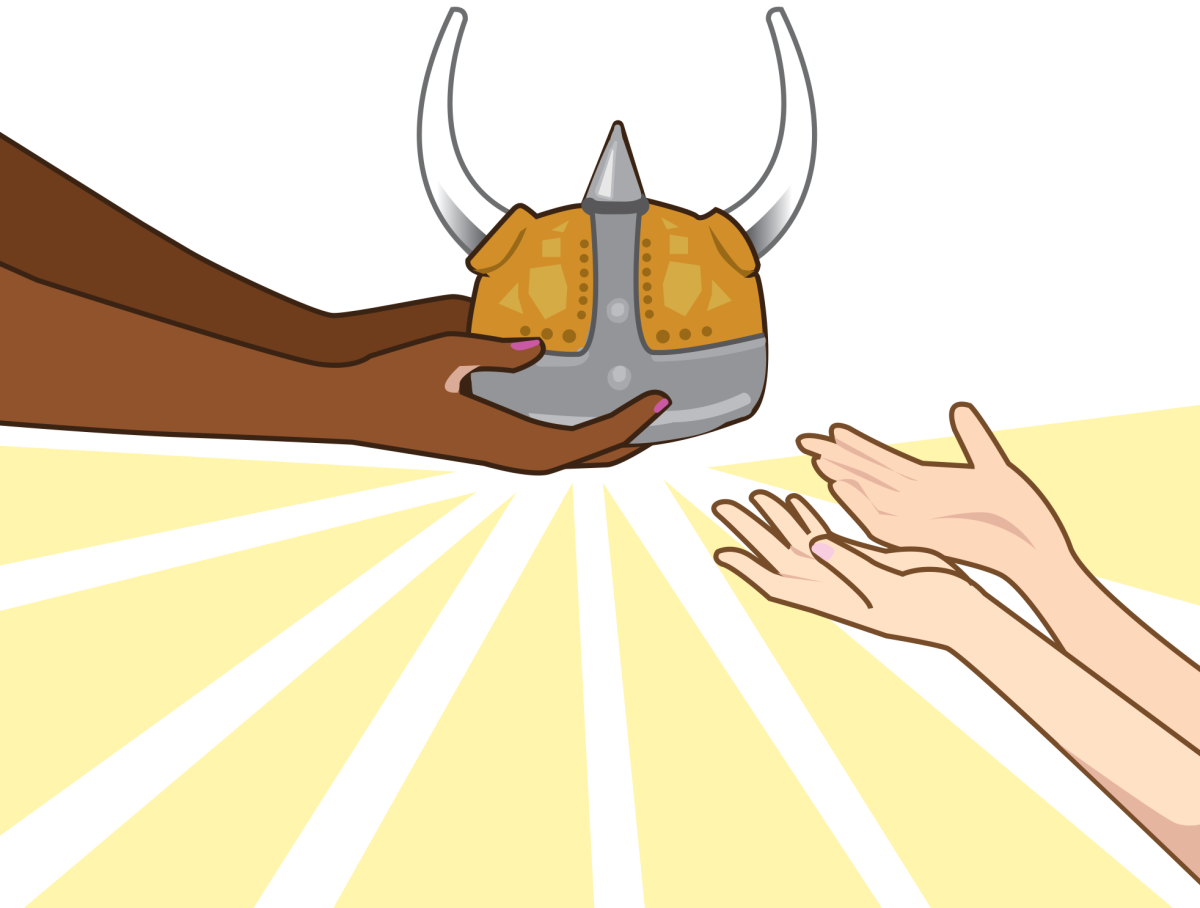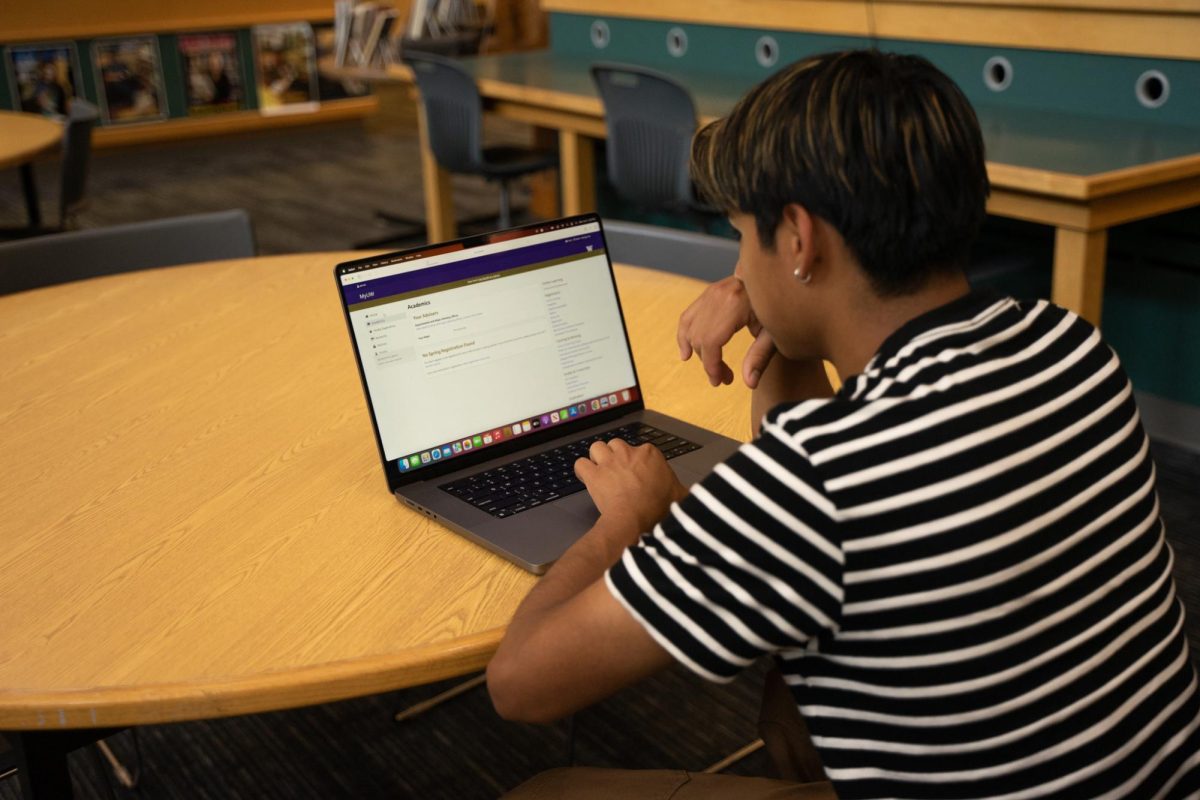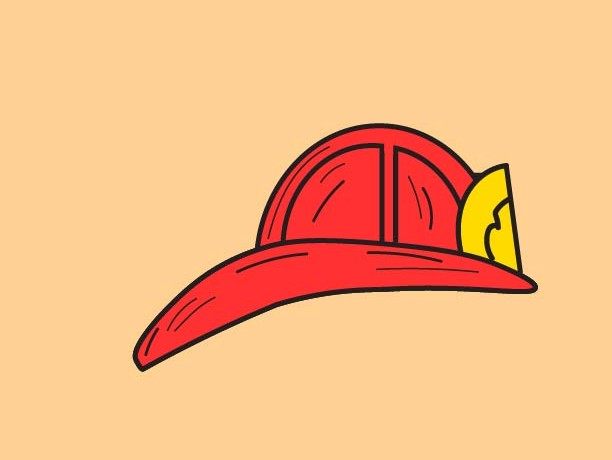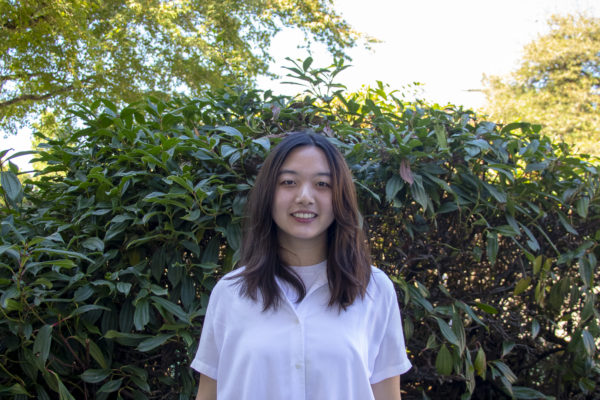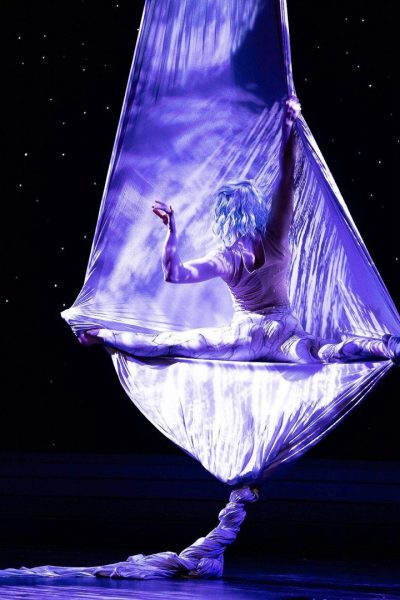
Last summer, sophomore Allie Beeman (she/her) toured with the Strata Circus, the biggest youth circus in the United States.
She was inspired to start performing in the circus by her mom, a past circus performer with Cirque du Soleil. When Beeman was seven years old, she was scouted at her gymnastics gym to join the circus and perform clowning, a form of improvisational theater where performers purposely fail in the acts. Since then, her focus has changed to aerial silks and static trapeze, and her practice routine has become more serious.
“At the time when I was traveling with Strata Circus, I think I was doing it for eight hours a day because it was a full-day thing, and then we would perform two shows a day, five days a week,” Beeman said. “Usually during school it’s anywhere from two to 10 hours a week. Just kind of depends on what else I have going on.”
Instead of learning new skills, she usually spends most of her time perfecting the ones she already has by adding more engaging details.
“The whole part of circus is that it looks so natural and graceful for these people to be doing these really crazy, hard things,” Beeman said. “You have to tell a story with your act because if you just climb a rope and then tumble down it, people will be like, ‘Oh, that’s so cool,’ but it doesn’t really tell a story unless you do something with your arms.”
Beeman is extremely passionate about theater and circus and plans to pursue it as a career. However, she said that plans can always change.
“I am definitely going to teach at SANCA, which is my current circus that I go to and I already do some workshops at,” Beeman said. “I do want to go into teaching either theater, chemistry, history or circus, so I might get a teaching degree at a traditional college and then still try to do a master arts program. I might try to do something called Artist-in-Residence at my local circus where they really train a lot. It’s kind of up in the air right now.”
Beeman has won many awards in circus. She said that because circus is a niche sport, it is relatively easy to achieve accolades.
“It’s very accessible, and if you don’t have the financial means to do it, SANCA has this really great scholarship program where you can get completely free classes, and then it also has a working and taking classes thing where you can basically sweep once a week or you do the front desk for once a week then you get to take classes for free,” she said.
The light rail goes directly to Beeman’s training centers in Seattle and she says the transportation is very easy. Additionally, circus training is both accessible financially and inclusive to all types of bodies. Beeman said she has watched people from various backgrounds, including those with disabilities, thrive in the art.
“It’s a great way to connect to your mind and body, and if it’s something you want to pursue, I think do it because it’s really great.”
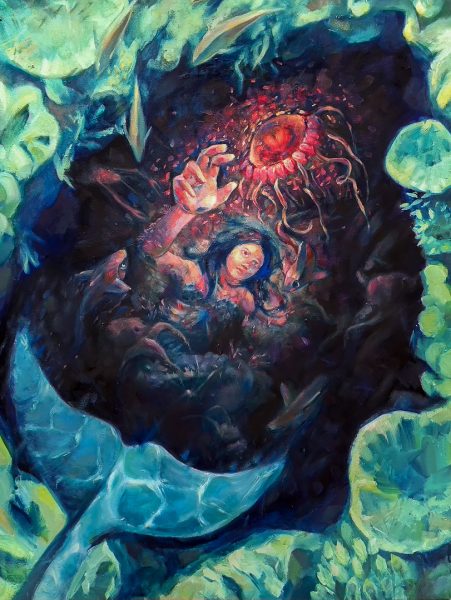
A dinosaur fanatic, senior Evelyn Chow (she/her) spends around 18 hours a week creating physical and digital art inspired by biology and natural phenomena.
“I made this hanging sculpture based on a phylogenetic tree of pterosaurs. I use these as a way to express my interest in the subject, but also to comment on human behaviors,” Chow said.
“Sometimes I create pieces about critiquing society, for example on topics such as political polarization or climate change.”
Chow’s fascination with dinosaurs began in elementary school, when she bought a mini encyclopedia for little kids and watched a few documentaries in class. She finds dinosaurs especially interesting because their unique abilities adapted to enable them to survive. Last year, Chow painted pterodactyls on a pole between the 800 and 900 building.
“I forgot about dinosaurs for a while and then I brought it back. I was in freshman year, I was like, ‘Whoa, this is kind of cool,’” Chow said.
Chow creates art through various mediums such as digital art, oil painting, watercolor, sculpture and paper collage.
“It really depends on the project and what I want out of it, like if I want more of something that is physically closer to the audience, I would use something 3D to give that feeling. If I want something more clean or something with really bright colors that you might not be able to get in real life, I would use digital,” she said.
Next fall, Chow plans to take her art to the next level by studying at the Rhode Island School of Design. She currently wants to major in illustration, graphic design or film animation.
“My goal is to eventually work in entertainment, such as making concept art for games or movies or making independent projects,” Chow said. “It really depends on what happens in college. I’m not completely sure yet, but I know this is kind of a path I want to go down because it’s something I’m the most interested in.”
Art has brought Chow numerous benefits, such as building her resilience when having to redo artwork she spent multiple hours creating. Her favorite aspects of art are watching her skills develop and communicating personal ideas.
“You can convey your messages in a subtle way. Your art might be referencing one thing but not everyone might get it so it’s kind of like an inside joke, but it’s not a joke. I think that’s really important. Art is expression.”



